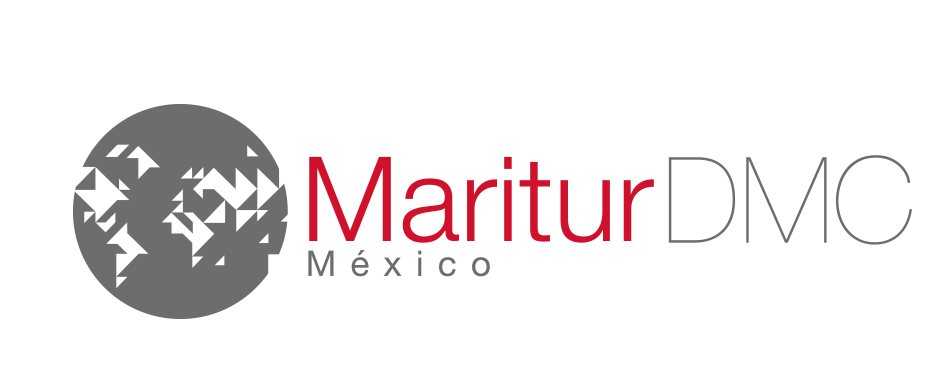In today’s digital age, we know the benefits of running a paperless company, from cutting costs to boosting productivity levels in the workplace. In recent years, organizations have turned to paperless correspondence—paperless billing, paperless contracts, paperless receipts, and so on. A company where the use of paper is entirely eliminated or almost absent can be more elusive, but there are many advantages if you can accomplish it, and these advantages extend far beyond simply the admirable desire to operate a greener business. Paperless companies are ultimately more efficient and more scalable.
Here are five cutting edge ways to cut paper out of the daily routine of your company:
- Internal Documents. Share files without that trip to the printer. With Google Docs, a free service run through Gmail, you can work simultaneously with colleagues on a document or spreadsheet. The system even lets you ‘chat’ with others viewing the document. It also continuously saves, so you’ll never lose your work file. If your office hasn’t jumped into the Gmail craze, Microsoft Office 365 offers interactive document editing features as well. Basecamp is another popular system for document collaboration and sharing. It stores documents and conversations/emails by topic, but unlike Google Docs, it does not allow for two colleagues to simultaneously edit the same document.
- Paperless statements and bill paying. The more online bill paying you do, the less you’ll spend on postage, envelopes and employee time coordinating invoices, checks, and mailings. Running your office finances through the web makes payments prompt and much easier to track. Most banks offer paperless statements and even provide incentives for customers to manage their accounts online. If you are a merchant, use an App like Square to accept payments through your smartphone. You can also email receipts for customers instead of printing them.
- Storage and file sharing. For moving and storing large files, consider investing in Dropbox or another file transfer system. Dropbox allows you to create group folders for different members of your office to allow you to quickly disseminate reports. YouSendIt is another good paperless option for sharing and storing large files.
- Meetings and Printouts. Doodle, SurveyMonkey and whenisgood.net provide free services for conducting surveys and scheduling meetings, but what about handouts once you arrive? TeamViewer is an impressive office package that allows owners remote access to office computers 24/7 through any other computer or smartphone. It also includes features for screensharing during presentations, transmitting videos, sharing files, teleconferencing and accessing whiteboards. With TeamViewer there is no need to print handouts when you make a presentation or pitch; just temporarily hijack your colleagues’ laptops while you demonstrate why your idea is the best — then upload the slides to Basecamp or Dropbox (above) so they can have access to a saved digital copy.
- Scanning and Faxing. More companies rely on scanning and faxing than you would imagine, despite the prevalence of online and digital solutions. TurboScan is an excellent App that allows you to use your camera as a scanner and quickly converts captured images to PDFs for easy emailing. For incoming faxes, eFax.com puts them right into your email box as paperless emails for less than $15 per month.
Paperless practices can increase your company’s efficiency and streamline your internal processes especially when you are all at a congress in a different country. Every step towards a paperless environment will save you time, money, storage space and clutter. And don’t forget to recycle any paper you still use and don’t need anymore.












